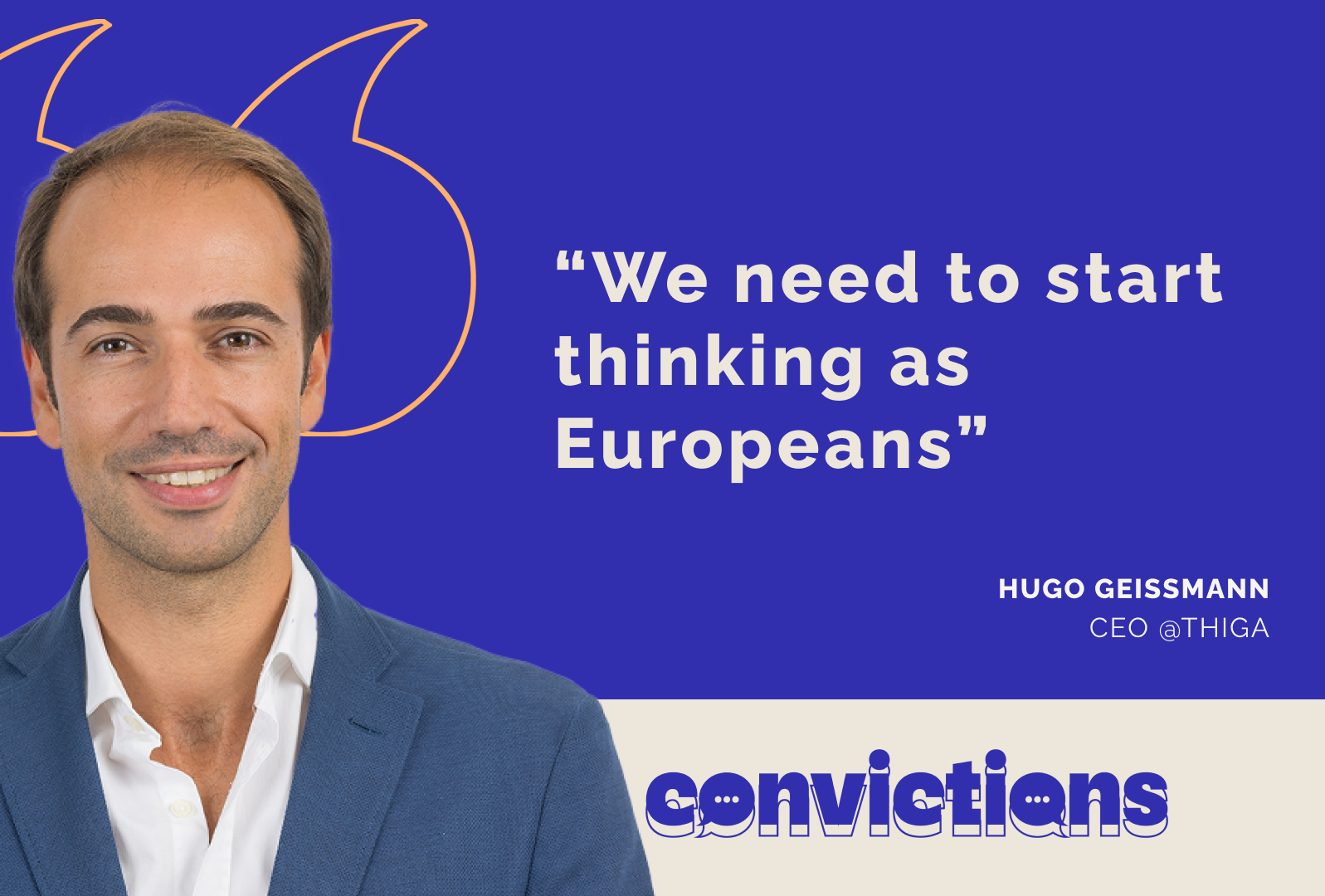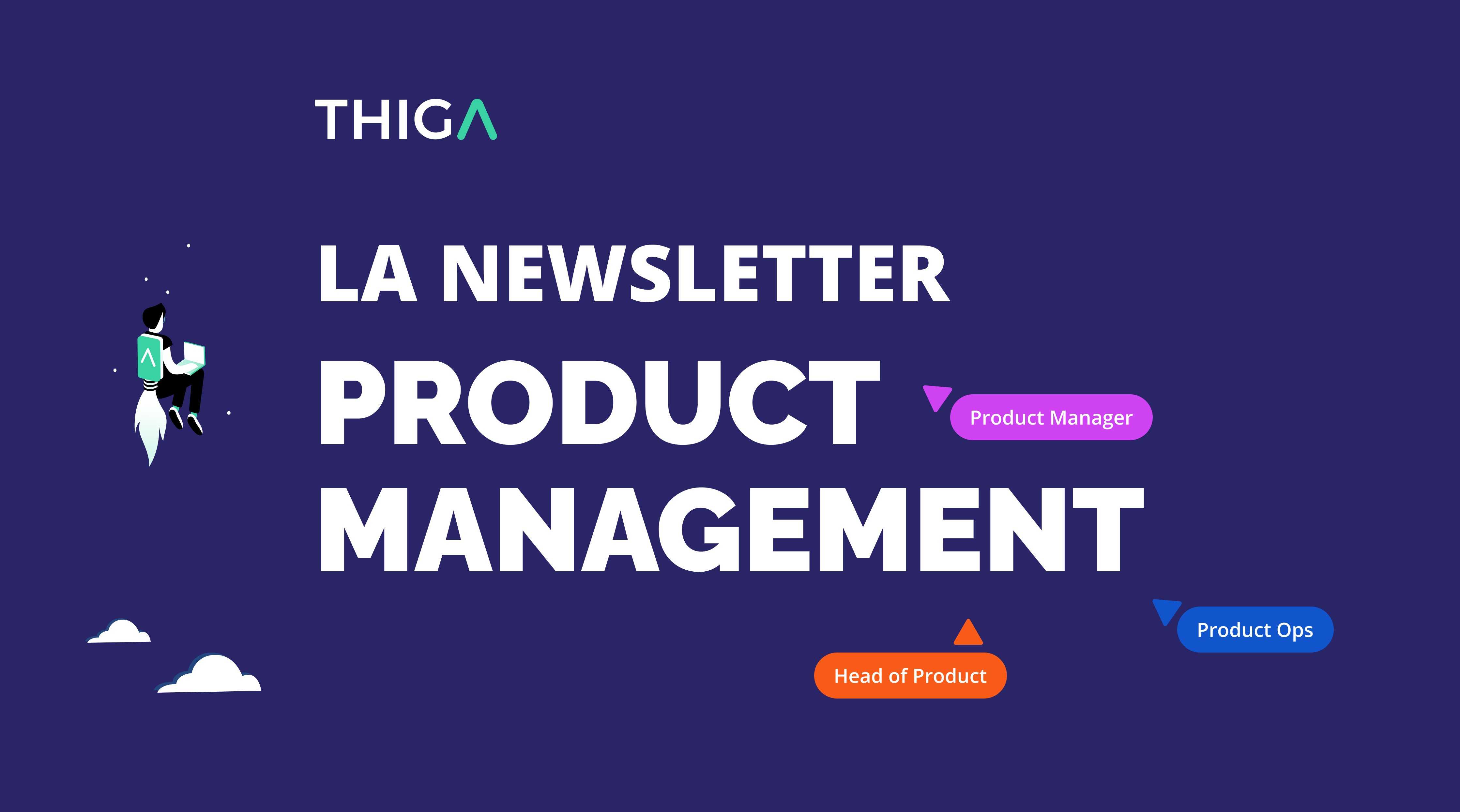What if major Product decisions were also climate decisions? We often think that digital sustainability happens in data centers. In reality, it starts much earlier: in product choices, trade-offs, and priorities. In this piece, François Burra, co-founder of Climate Product Leaders, reminds Product Managers that they have a key role to play. This is not about blame, but a call to action: let’s find the right balance between business needs and planetary boundaries.
Climate Product Leaders is the story of a personal struggle turned into a powerful collective energy. It all started with depression. At that point, I had spent over ten years in the digital world: Product Lead, UX designer, digital strategist. An intense, rewarding career. Demanding, too. Then came COVID. And one day, I broke down. Burnout. And a question that kept coming back: what’s the point of all this?
I took a sabbatical year. A year to reconnect body and mind, to understand, to rebuild. And that’s when I reconnected with my first passions. Before business school, I had considered studying renewable energy. Wind, solar… I was fascinated. That year off became the chance to reconcile my skills with my convictions; to contribute to the fight against climate change,with my own abilities. That’s when everything shifted. I realized how my profession - Product - could be a lever for impact, not just a greenwashing gadget. And I decided to commit to it fully.
An opportunity, not a burden
When we talk about the environmental impact of digital, we immediately think of data centers, lines of code, infrastructure… What I realized is that the real shift happens much earlier: in Product decisions. Do we really need this feature? Do we really have to collect that much data? Is our growth model sustainable? Does the AI we’re adding respond to a real need, or is it just to check a box? These are all questions Product Managers can ask themselves.
Responsibility isn’t just another burden to pile onto Product teams’ shoulders. It’s an opportunity.
Because PMs sit at the crossroads of Tech, business, and users. Because they make trade-offs. Because they set priorities, and (especially) because they influence. When a PM decides to prioritize one feature over another, they directly impact the product’s environmental footprint. They shape server load. They determine system complexity. They shape usage — and therefore, impact. As long as we delegate impact concerns to engineers or Corporate Social Responsibility departments, we’re missing the point: a product’s sustainability is decided upstream. During scoping. The need. The intention. In those invisible but decisive moments where we create — or undo — complexity.
Don’t get me wrong! I’m not trying to be moralistic. Responsibility isn’t just another guilt trip for Product teams. It’s an opportunity: to bring meaning back into what we do. To build better-performing products, more resilient and economically viable companies. We talk a lot about product alignment.
But what are we aligned with, exactly? Growth? ROI? NPS? What if we broadened our compass? What if we added frugality, usefulness, and sustainability to our success criteria?
That takes clarity, courage, and sometimes persistence. But it’s within reach. Let’s stop seeing these concerns as exclusive to activist organizations or Green Techs. These standards apply to all companies. All products. All Product Managers. This shift in posture is possible. It’s already underway. I witness it every day, through training sessions, conversations, and emerging initiatives. More and more of us believe that product can — and must — be part of the solution.
Don’t wait for permission!
We know, digital comes with energy, material, and human costs. In the face of that complexity, it’s tempting to look away. To think it’s not our scope. Not our priority. Not the right time. And so we keep building bloated products, stockpiling unused data. Let’s not even mention AI, which is now being thrown in everywhere, without question. Yes, it’s the norm — but it’s a norm we can and should challenge. What I’m proposing isn’t to stop everything or say no to everything. It’s to take back control. To acknowledge that a good product isn’t just one that works: it’s one that makes sense — in every way, including environmentally.
What I’ve learned, working with PMs on these topics, is that you can do a lot… without waiting for permission. You can ask different questions. Reframe a request, propose alternatives. You can slow down where everyone else wants to speed up. And sometimes, that small sidestep is enough to change the trajectory. Sometimes, it’s just a note in a scoping document, or a different way to phrase a user story. But these small gestures — repeated, shared, embedded — they change cultures.
So go for it! You have the legitimacy to drive change, at your scale. Doing your part already moves the needle. It only takes a few of us. That’s how Antoine Cabot and I started exchanging ideas, around April 2023. Six months later, the first version of our Playbook came out, built around 33 very concrete best practices. And the Climate Product Leaders collective was truly born in summer 2024, when some twenty volunteers joined us. It’s thanks to their diverse profiles that we could create this more refined second edition.
This isn’t a solo mission: it has to be systemic. That’s also why we wrote the Climate Product Management Playbook — to raise awareness, to equip, to encourage. To tell PMs: you already have superpowers. You just need to activate them differently. A system where Designers question usage, Developers challenge tech debt, POs dare to say no, and managers see frugality as a mark of Product quality. That’s how we move forward.
The start of something great?
We don’t pretend to have all the answers. We’re not here to say “here’s THE truth.” What we’re saying is more like: “here’s what we’ve understood, what we’ve tried, and what we’re putting on the table for discussion. And above all, here’s what can be done, concretely, right now.” It’s a stance of humility — but more than anything, a desire to build together. And that’s the true strength of the Playbook: we’re not here to lecture — we’re here to move the thinking forward. Together.
What do we hope? That it inspires others to do the same. That it motivates teams and collectives to document, publish, and share what they learn, what they try, what works… or doesn’t. And honestly, we can feel that something is happening. Companies are reaching out. Product teams are adopting the approach into their rituals. PMs are telling us they feel less alone.
And maybe, in a few years, we’ll look back on this time as the moment when product culture shifted. When it broadened its definition of value. When it stopped being blind to what it was creating. Ultimately, I’m not an idealist. I’m not saying digital will ever be neutral — but its impact can be measured and reduced. And it starts with us: the people who decide what to build, why we build it, and how we build it. We can keep innovating, growing, shipping.
But let’s do it with a bit more discernment. With a sense of responsibility, even. And a little more courage. And if reading this helps you find some, then I’ve already fulfilled my mission.
Looking for all the best practices to combine product excellence with environmental impact in the face of the climate crisis? Access the Climate Product Management Playbook!

-1.png)

.png)
